The Central South Island of New Zealand is characterized by grand open tussock covered landscapes and a sense of space and freedom. A backbone of mountains aptly called the Southern Alps, divides the island and creates a distinctly unique environment of dry plains with spectacular snow-topped mountains to the east and in the south west corner of the island there are deep, clean fiords and extensive southern beech forests. This is the perfect environment for nature enthusiast and intrepid cycle tourist.
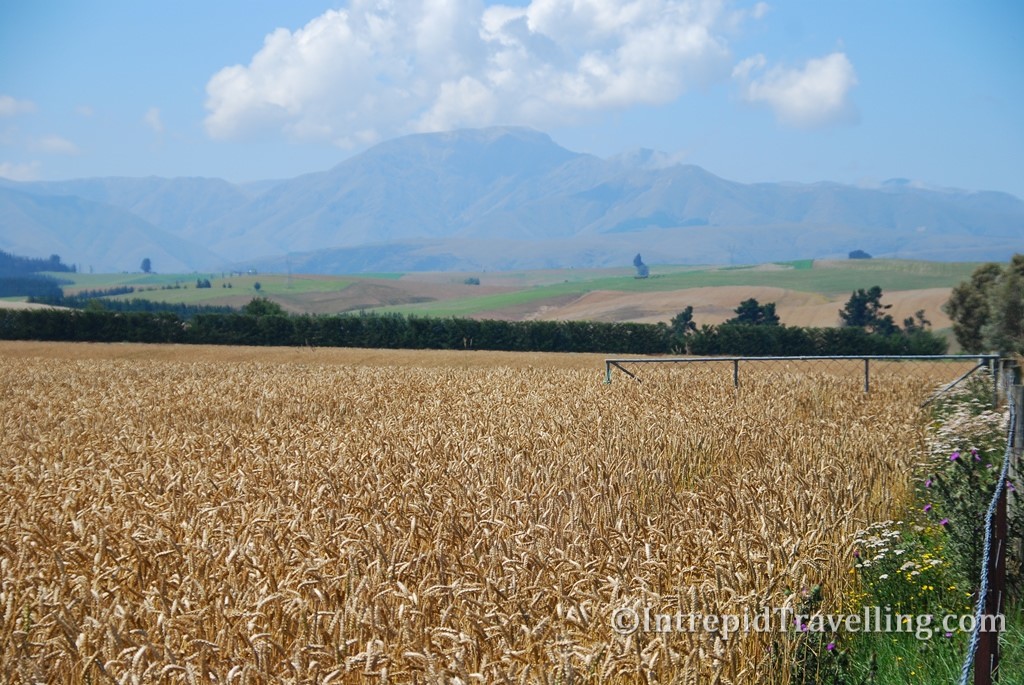
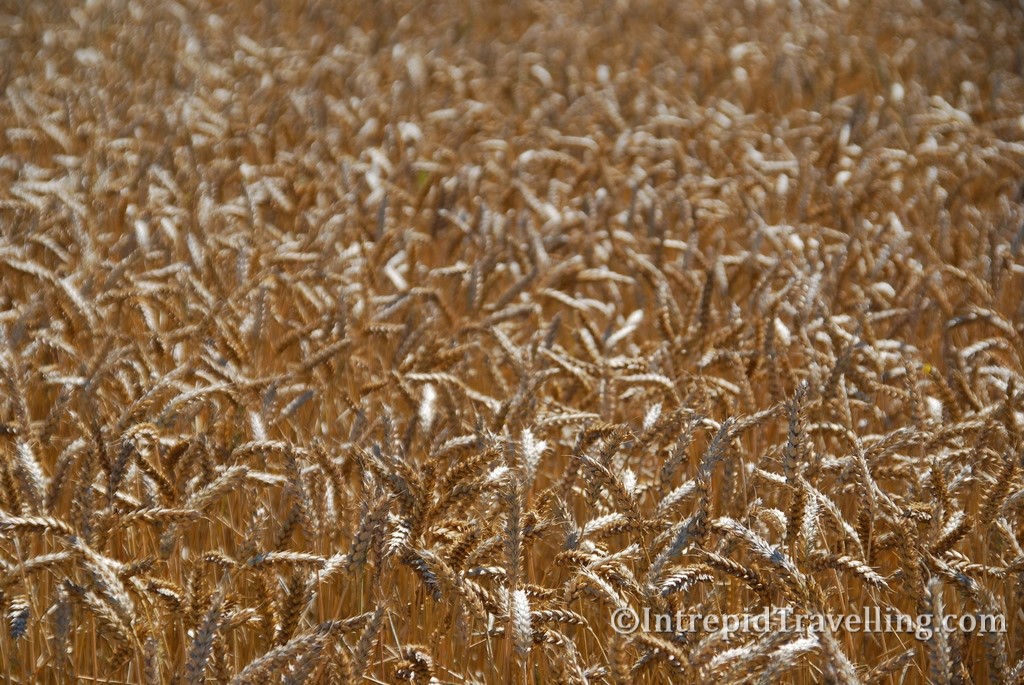
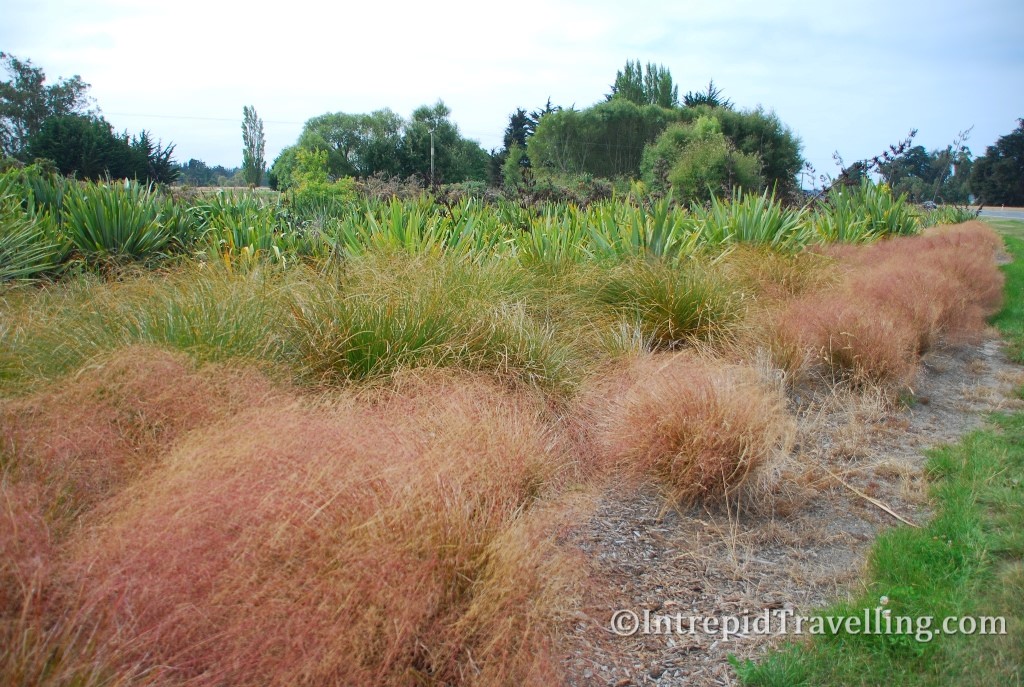
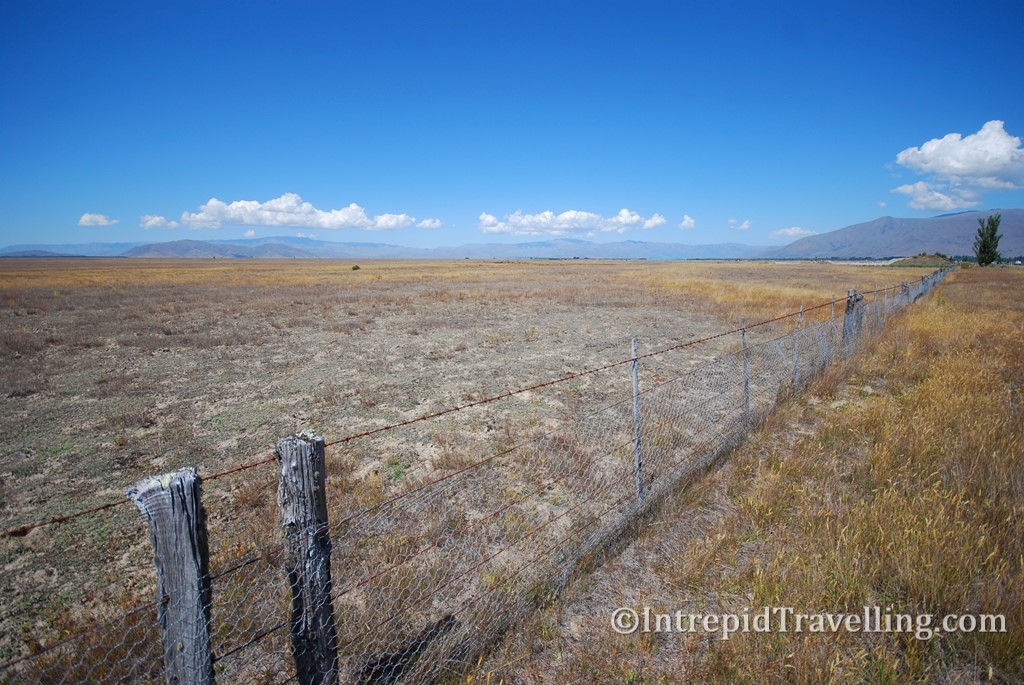
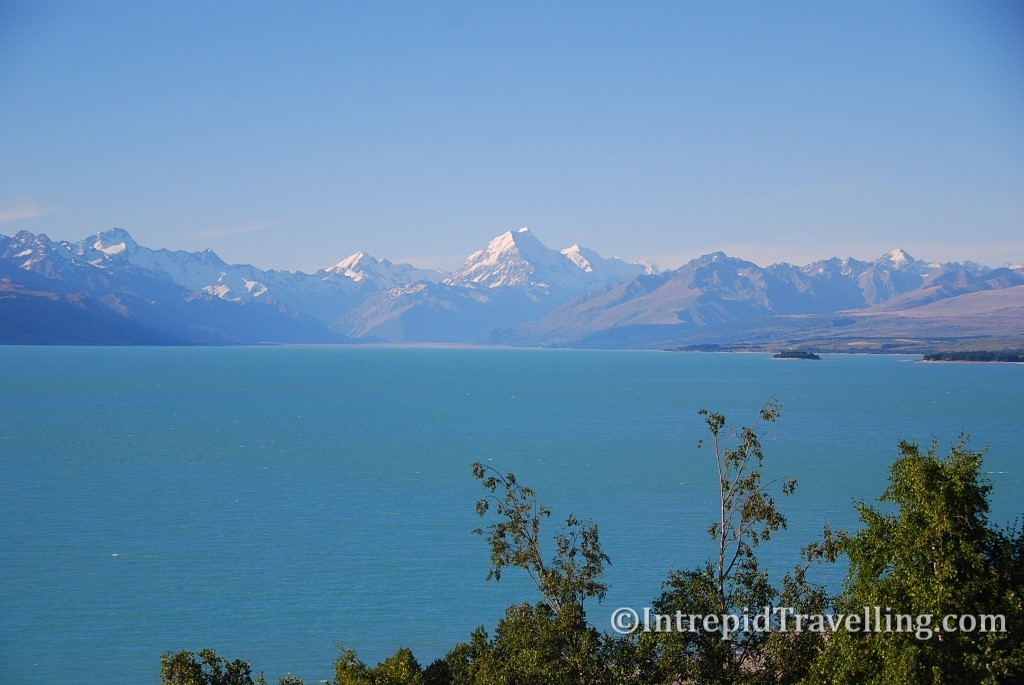
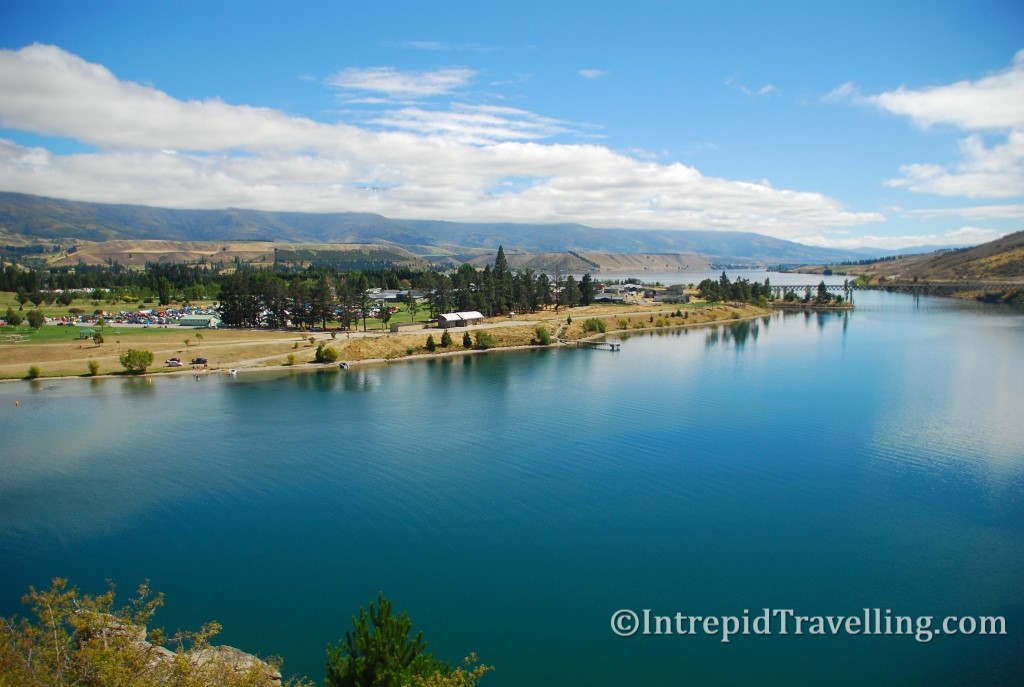
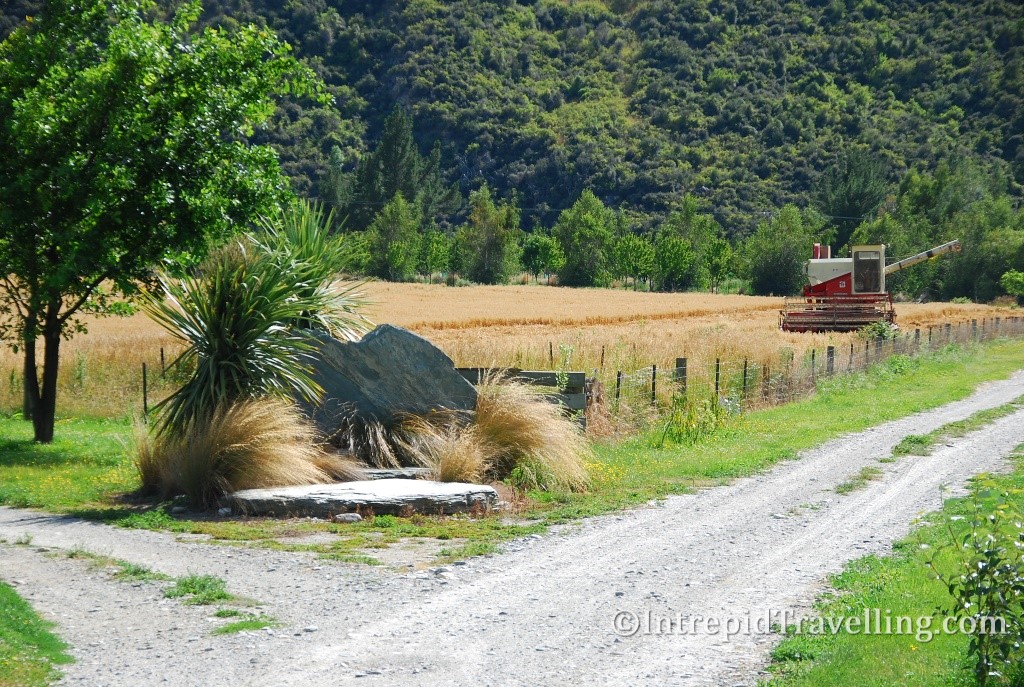
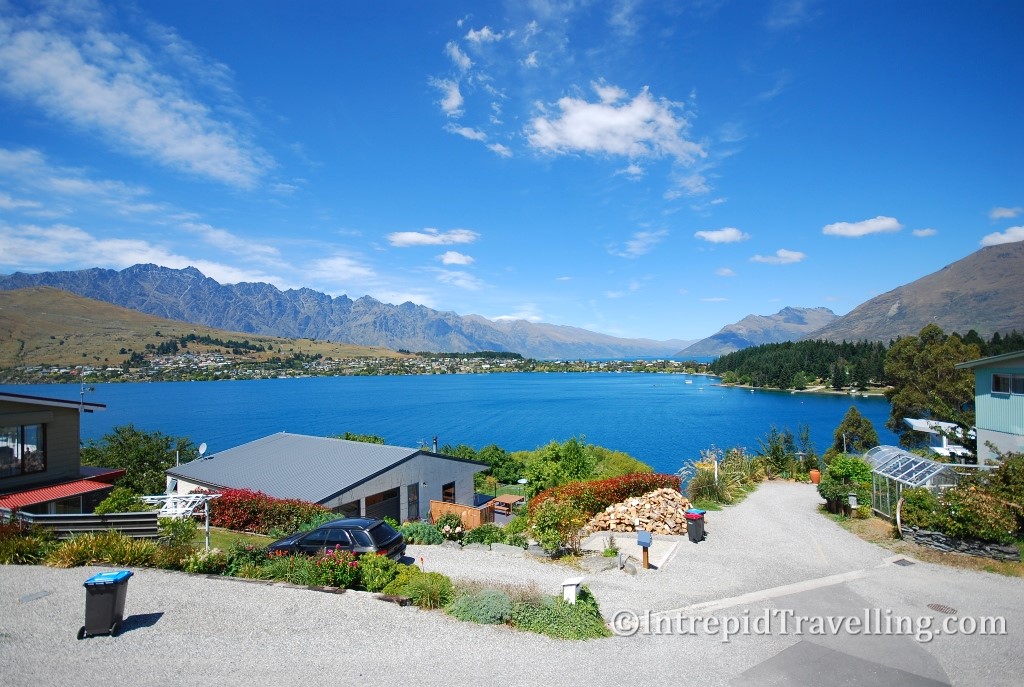
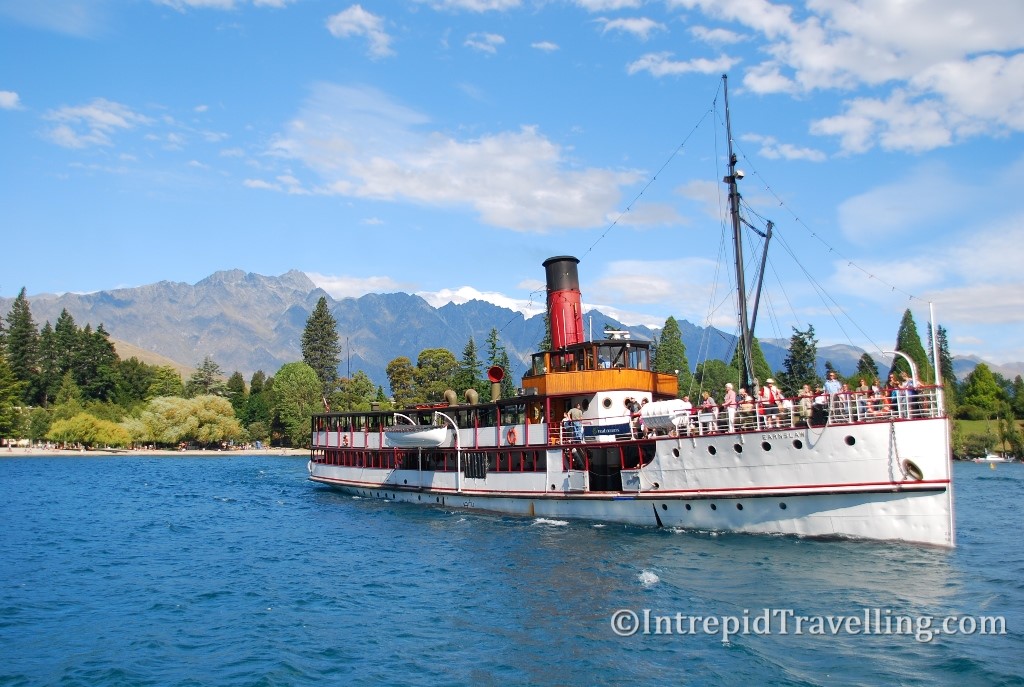
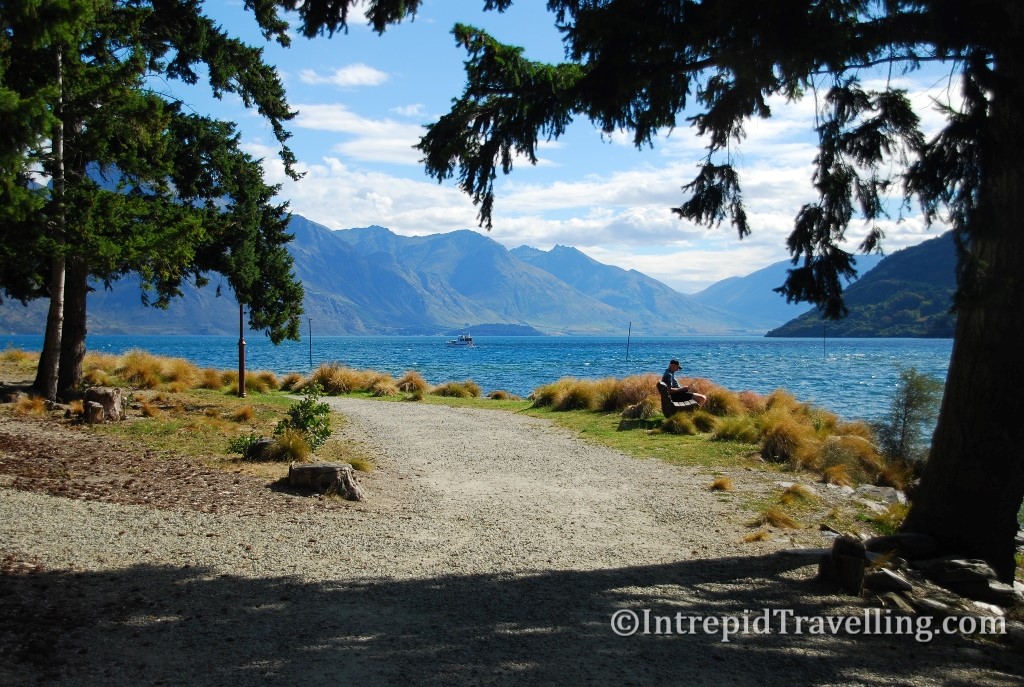
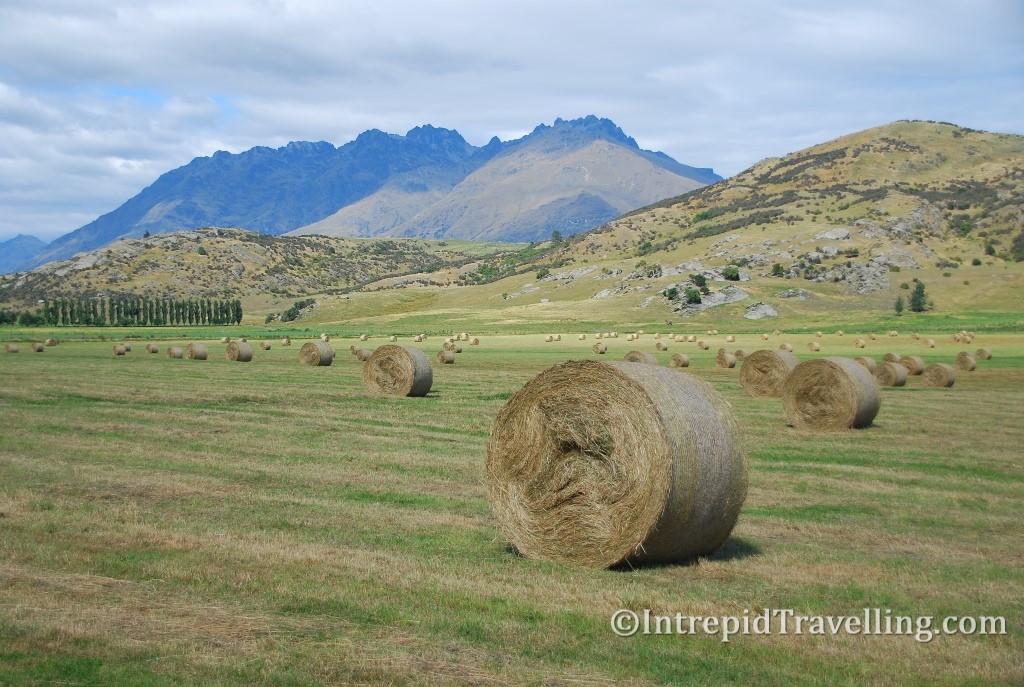
Cycling from the Canterbury Plains to Milford Sound through this world class region is a 700km journey but one that is worth the effort and one you’ll never forget. I would start cycling from near the edge of the Canterbury Plains in Geraldine where the landscape progressively changes to hill country as you initially following highway 79 inland, passing through idyllic farmland. As you clear Burkes Pass the environment changes again as you enter the Mackenzie Country where you’ll be rewarded for the climb up to the pass with broad views of the plains and Southern Alps.
As you continue south through the small townships of Tekapo, Pukaki, Twizel and Omarama you’ll pass some of New Zealand’s more spectacular glacial lakes along with man-made hydroelectric lakes that make up a major electricity supply complex as the water drains down the Waitaki River. Your next big challenge after several hours of cycling along the plains is crossing 971m Lindis Pass before dropping down towards the ever popular Wanaka. Not far from Wanaka is a very popular cycle trail – The Otago Rail Trail – if you can spare the 3 days to cover the 150km then I recommend slipping in this experience.
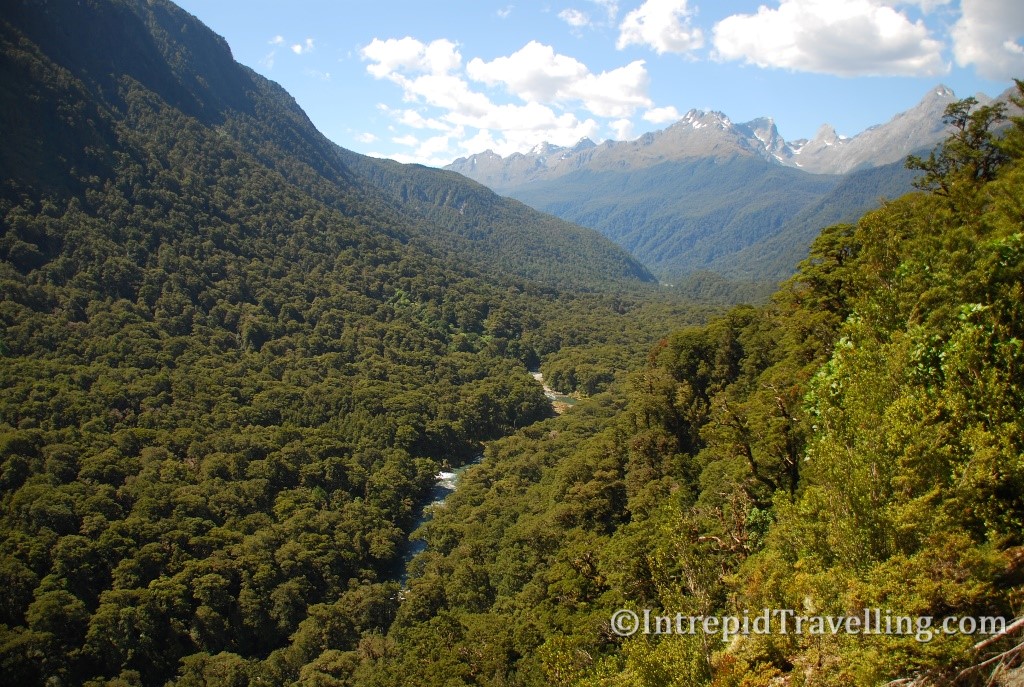
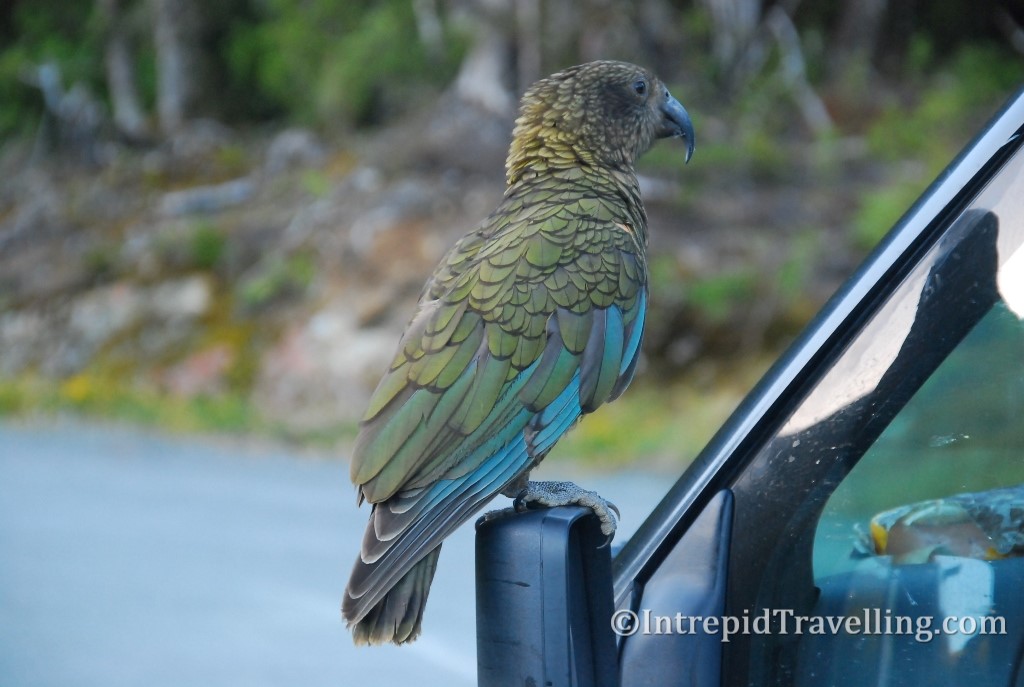
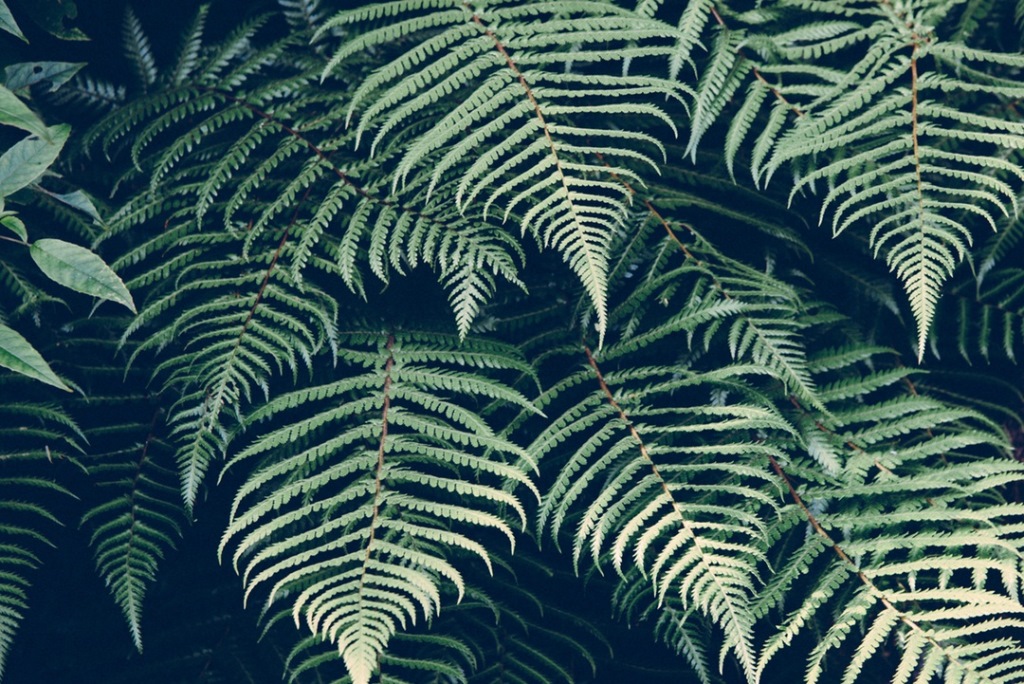
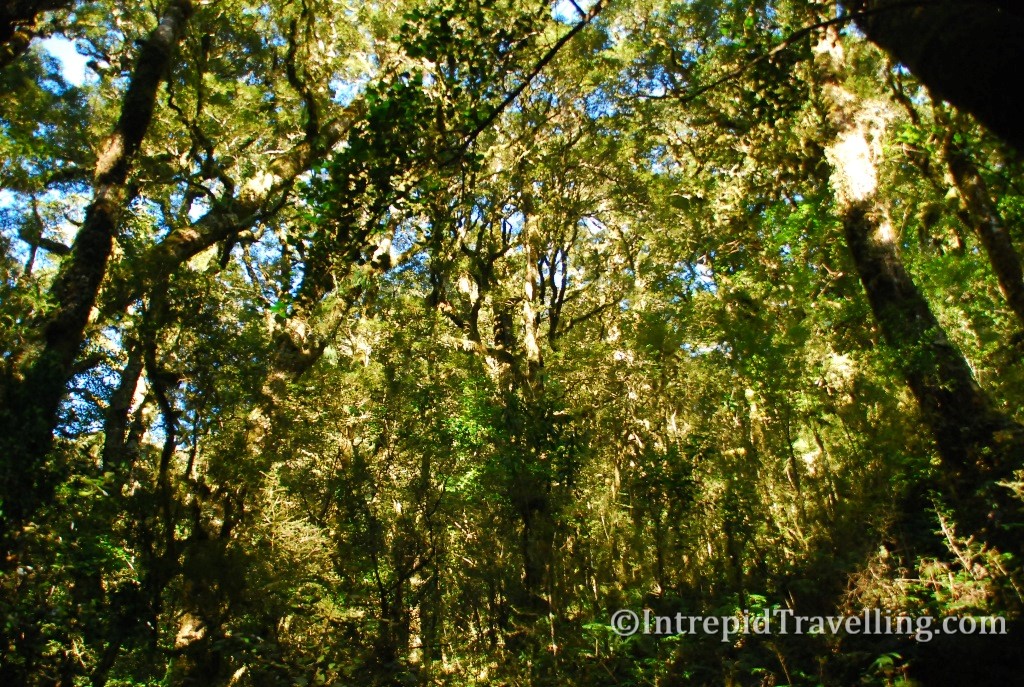
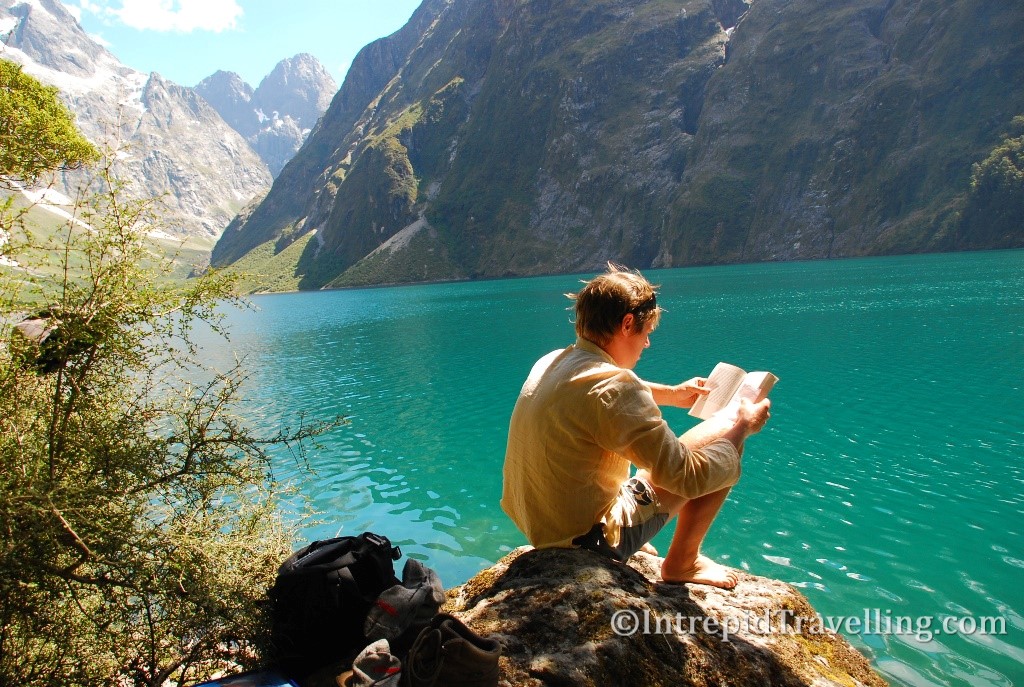
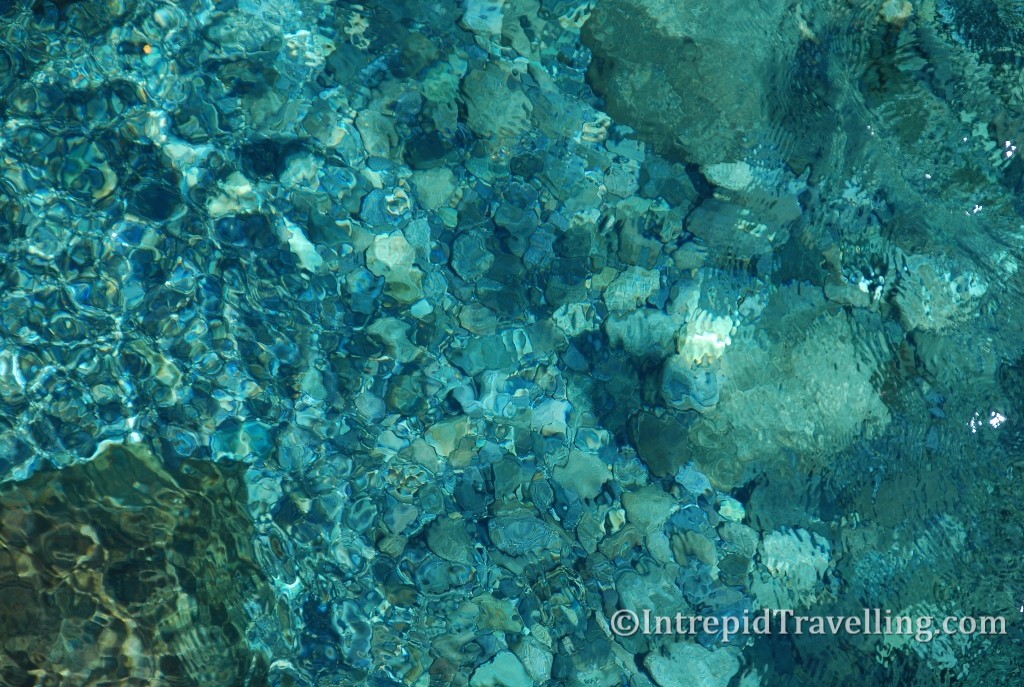
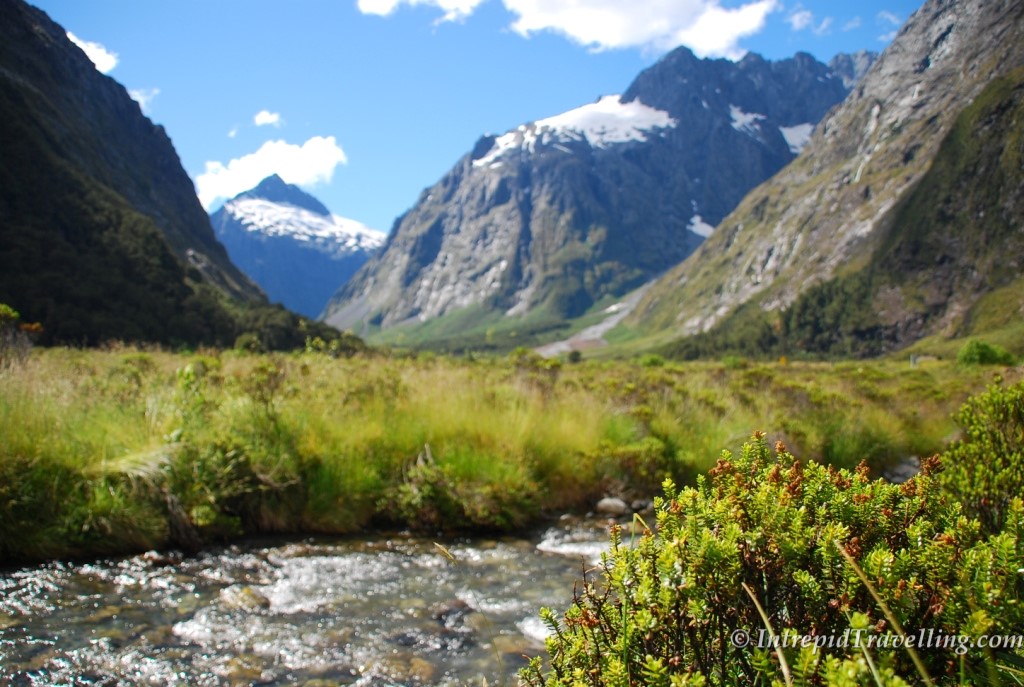
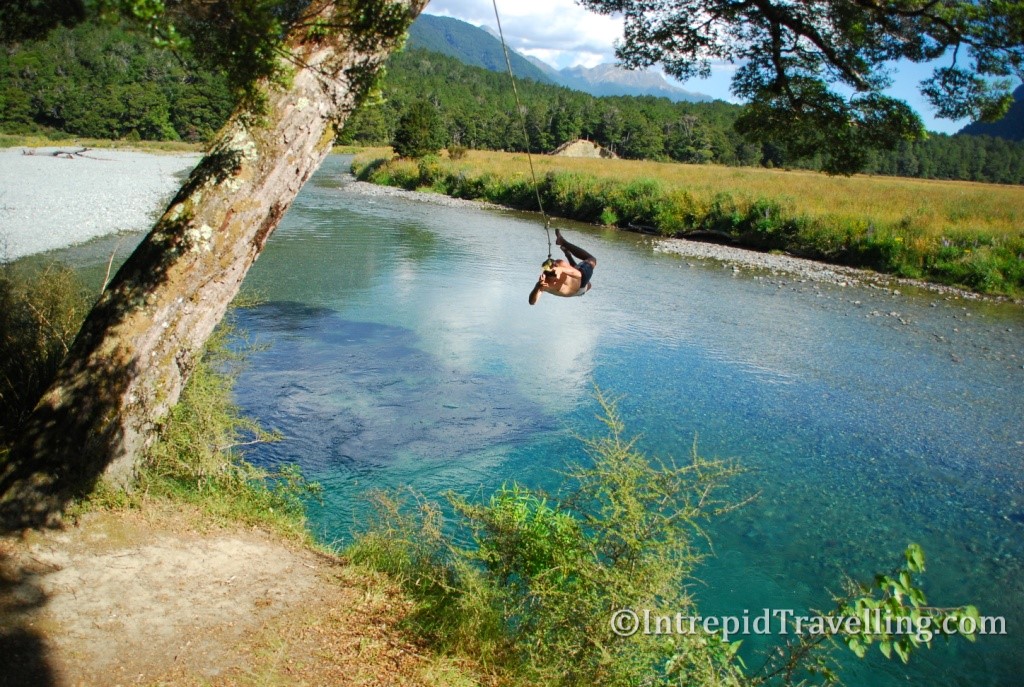
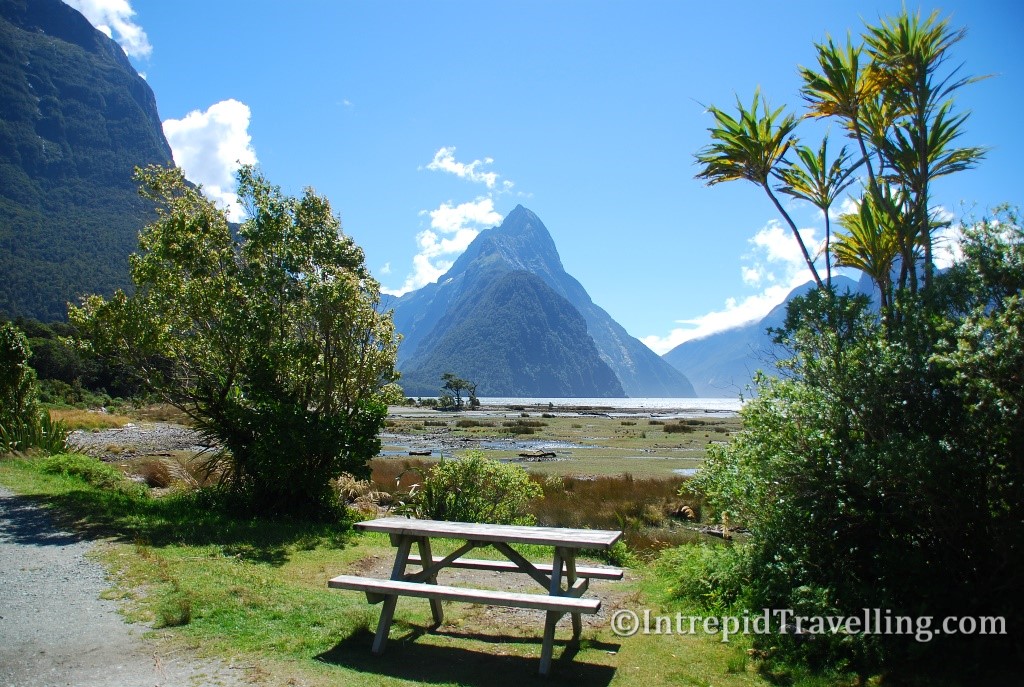
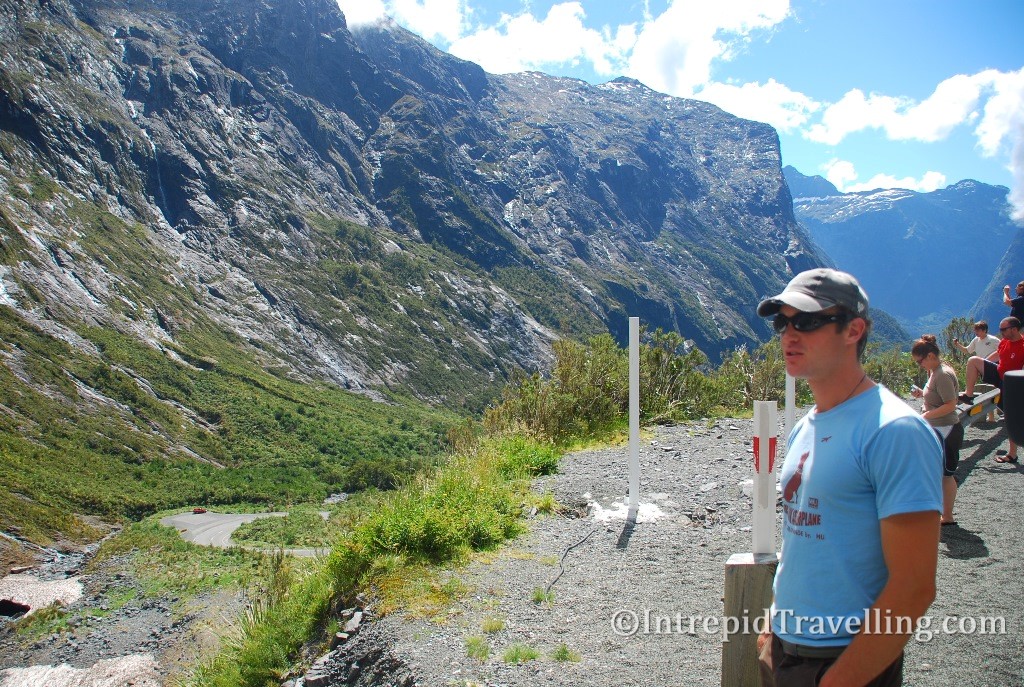

Another big day of cycling from Wanaka through more stunning countryside and you’ll reach the Adventure Capital of Queenstown. I can see why it’s the tourist Mecca it is, the scenery certainly is spectacular. From Queenstown it would take me two days to reach Te Anau where I would stay with a friend and my timing couldn’t have been better as Mario had the day off so of course being summer we’d have a BBQ.
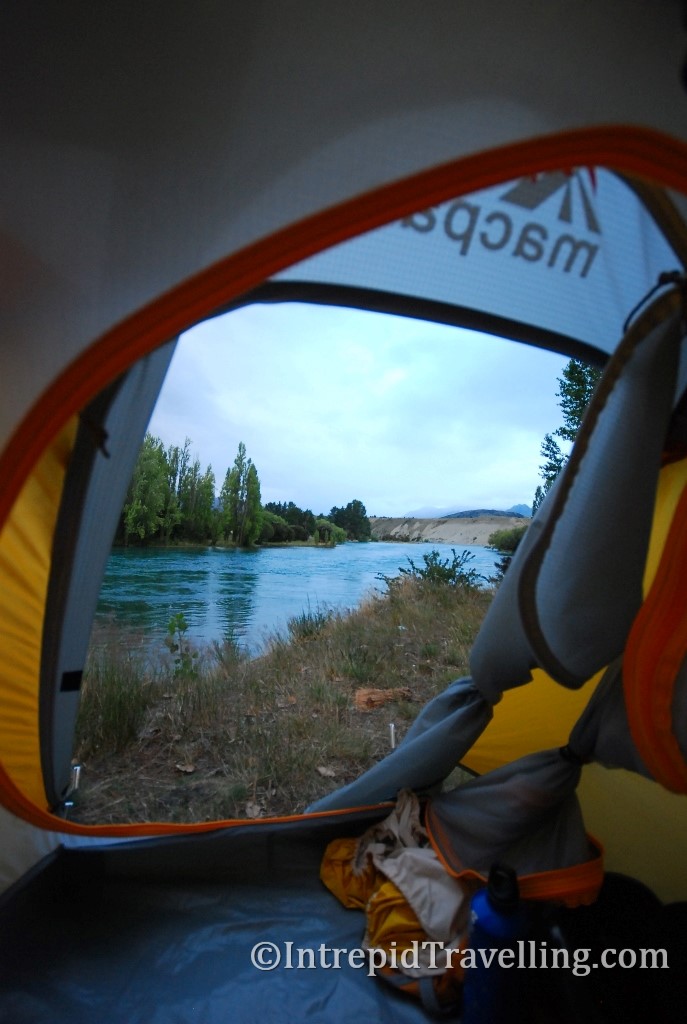

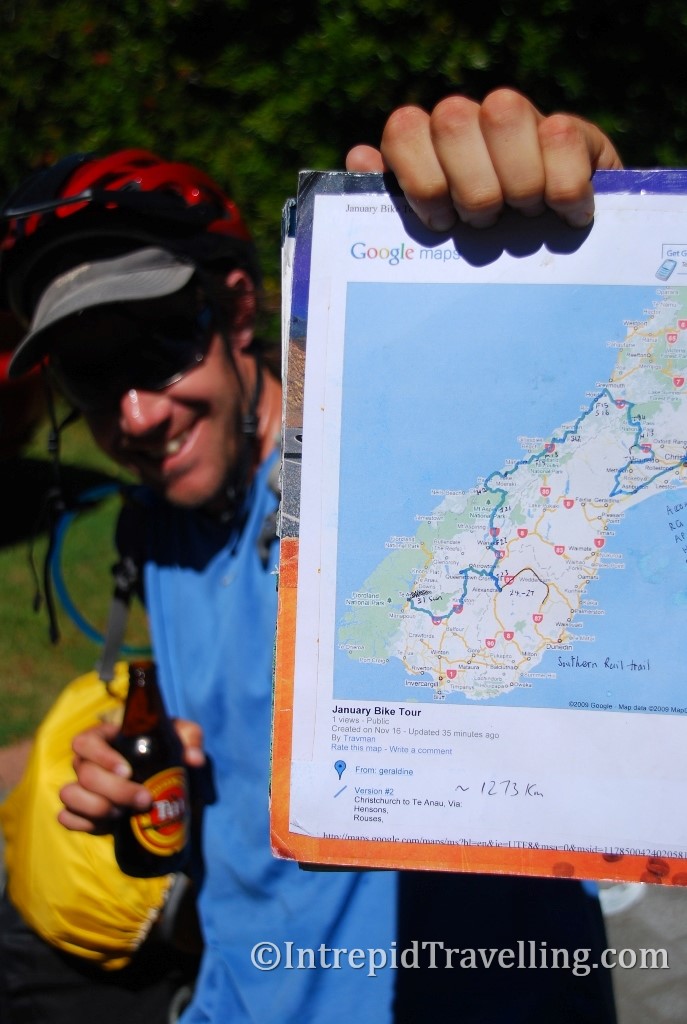
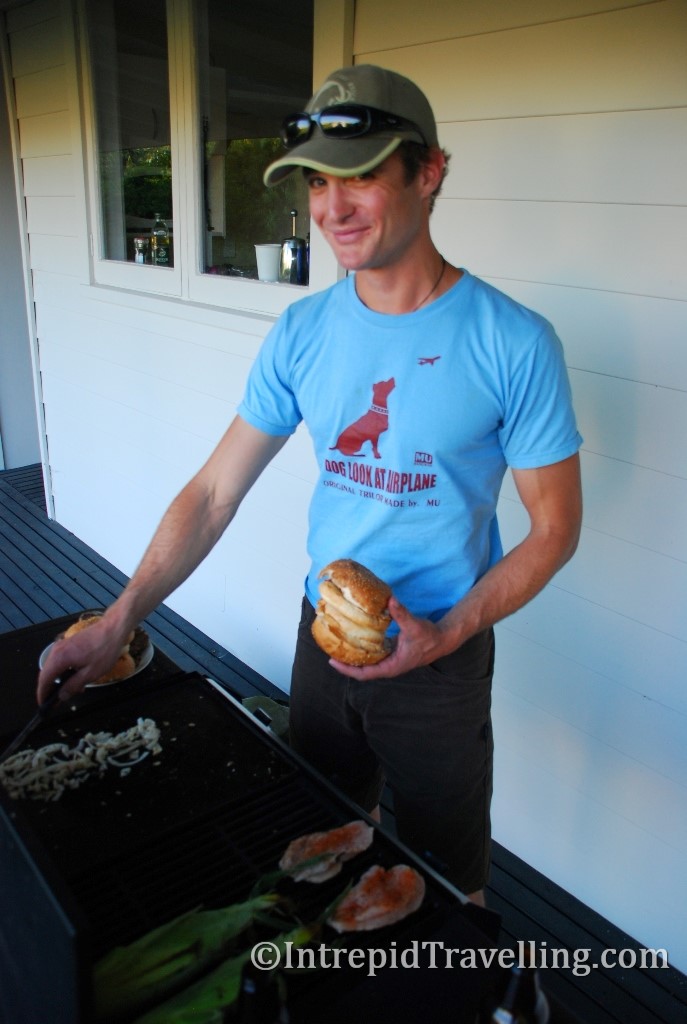
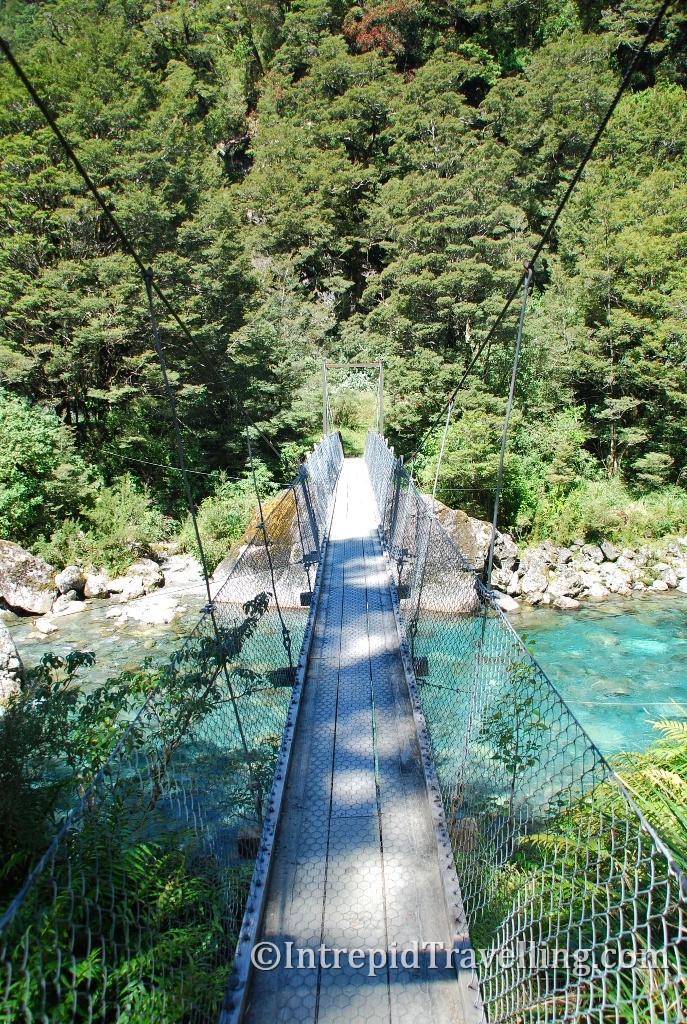
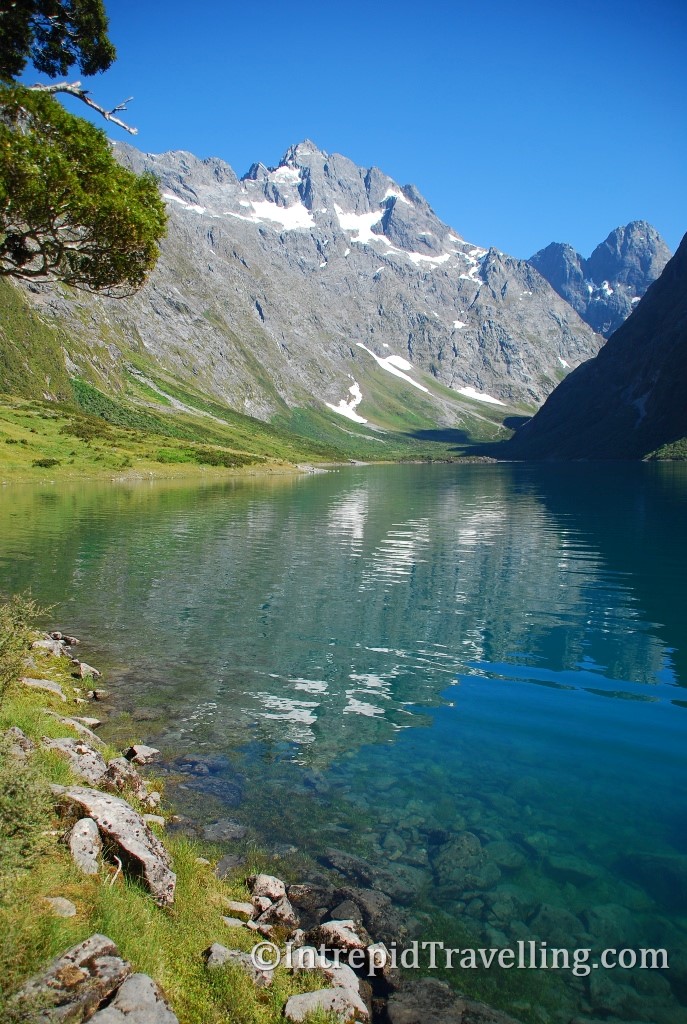
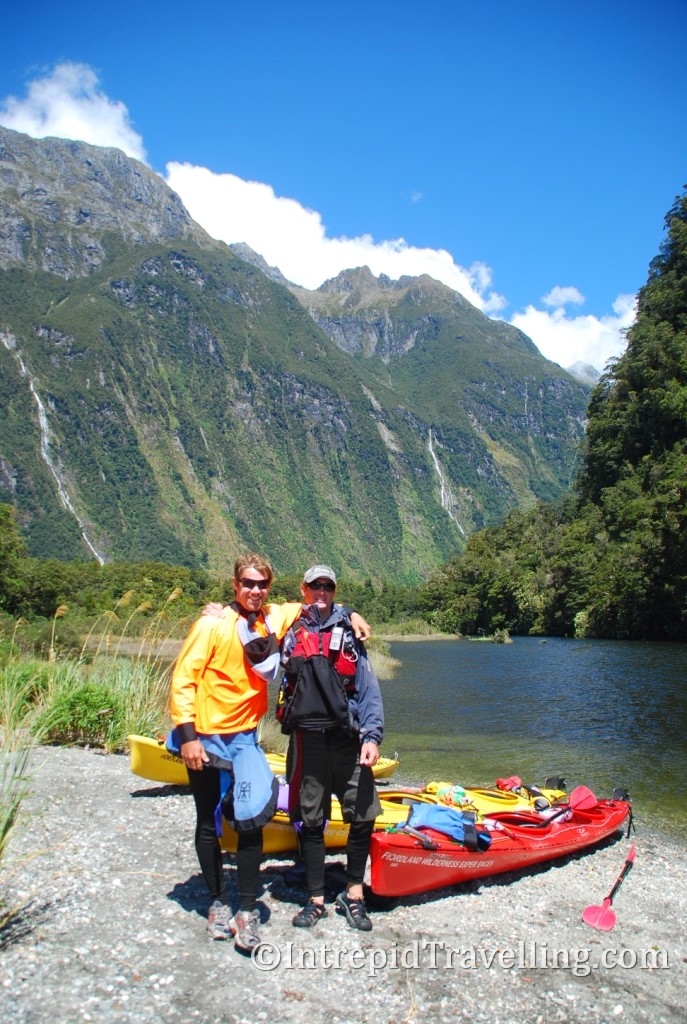
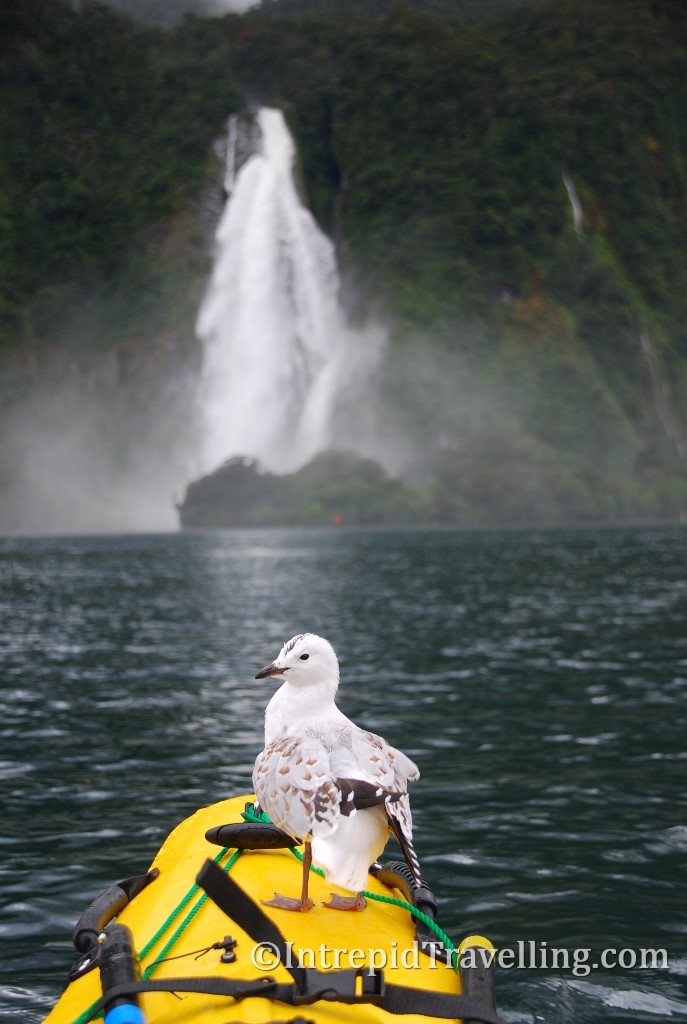
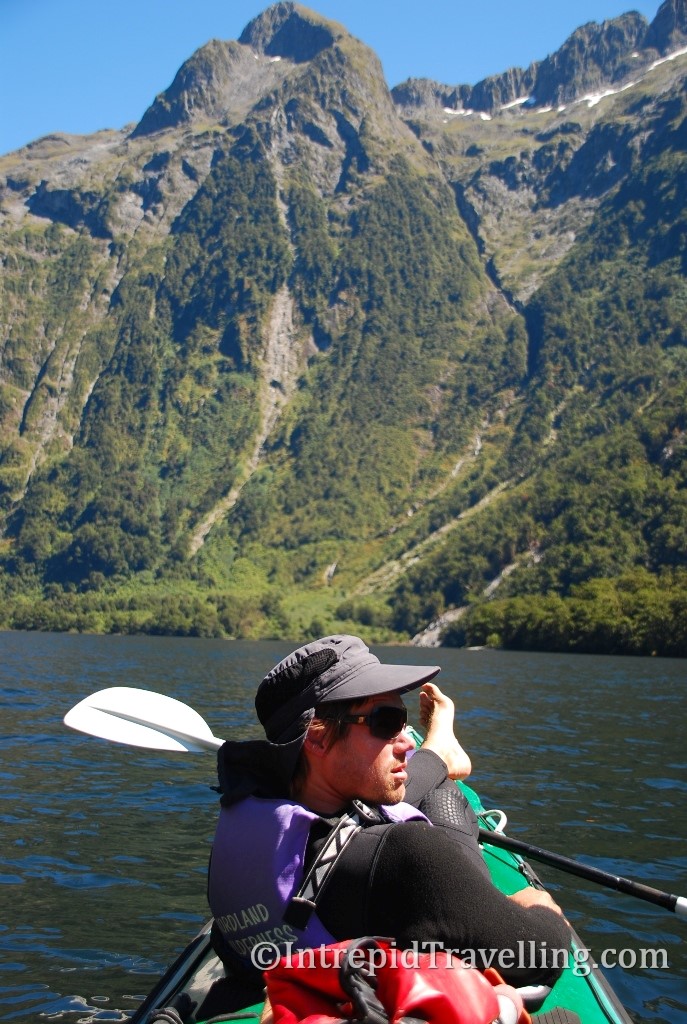
Fiordland National Park lies within an area considered to be a World Heritage Site in part due its spectacular U-shaped glacial valleys; a relic of the past ice age. Grey and wet weather is not ideal for cycle touring, but it was fine for the next days events – kayaking in Milford Sound where Marius is a kayak guide for tourists. The heavy rain had the effect of making the steep granite walls of the fiords weep with a thousand waterfalls which really left me in awe. I had heard that Fiordland was a must-see, but I never imagined it could have been that spectacular. To top off the perfect Milford experience the weather cleared up in the afternoon to revel the surrounding peaks, including the iconic Mitre Peak. I haven’t been everywhere, but I’m certain that Fiordland is one of the top National Parks in the world; on a nice day it’s near impossible to beat.
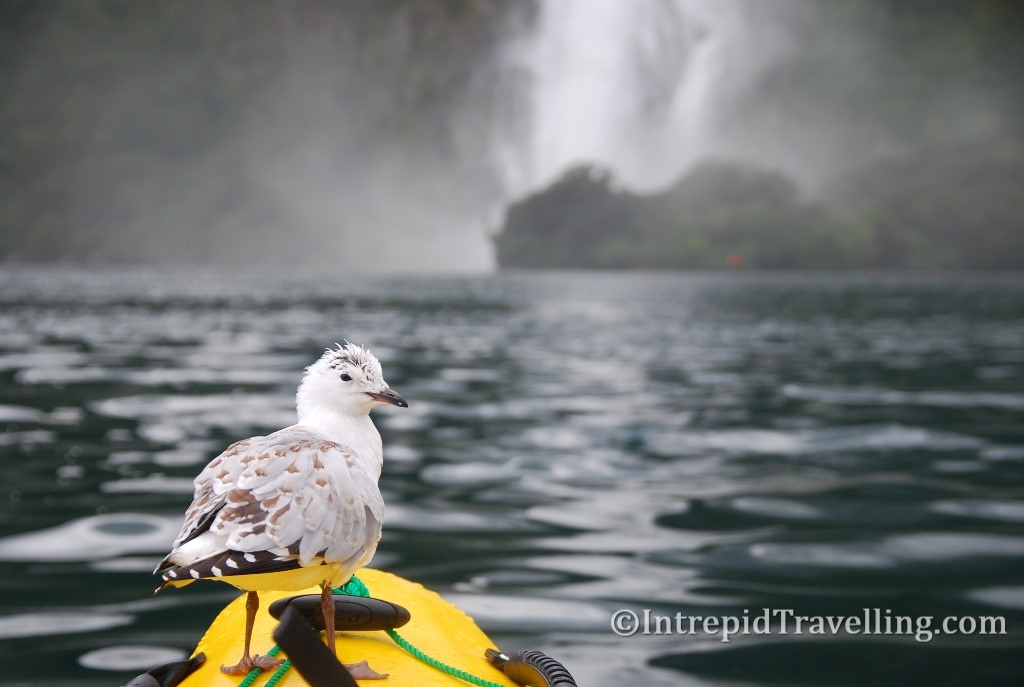
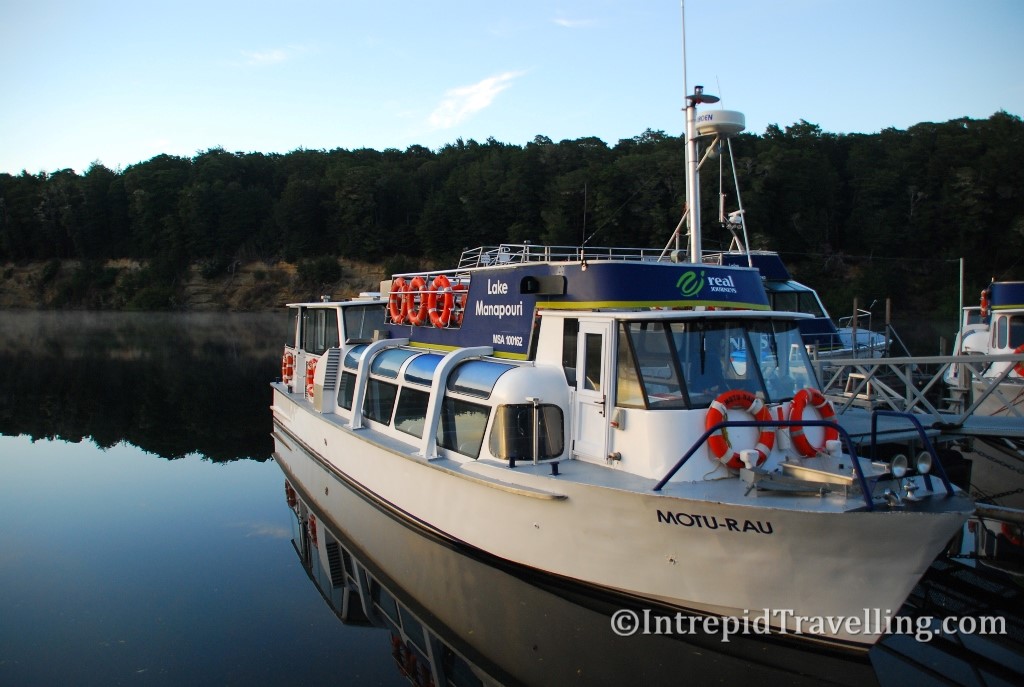
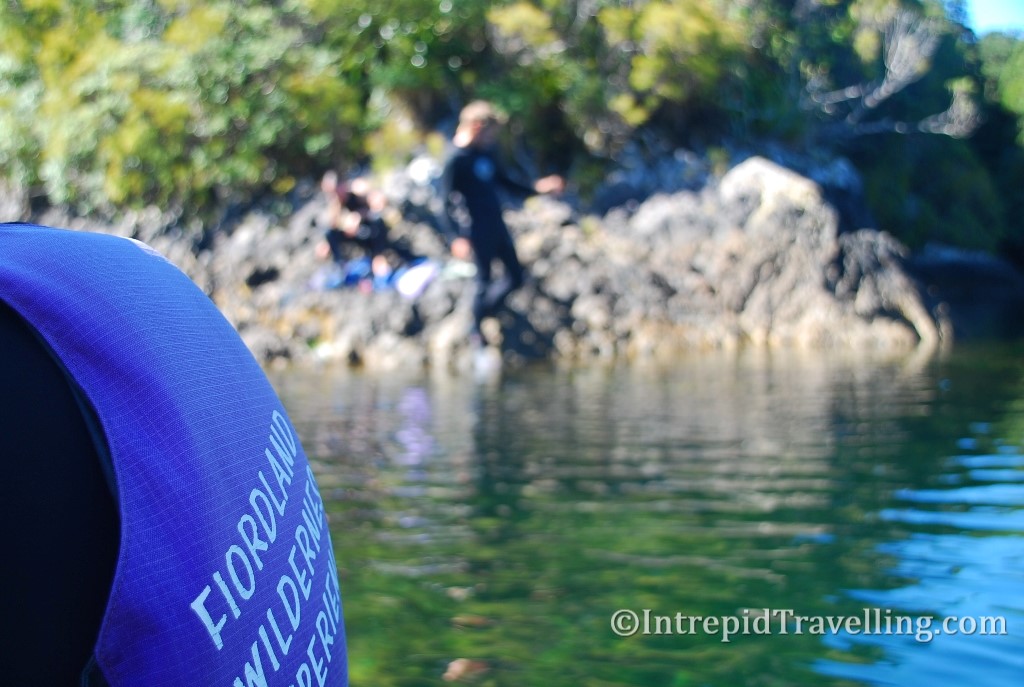

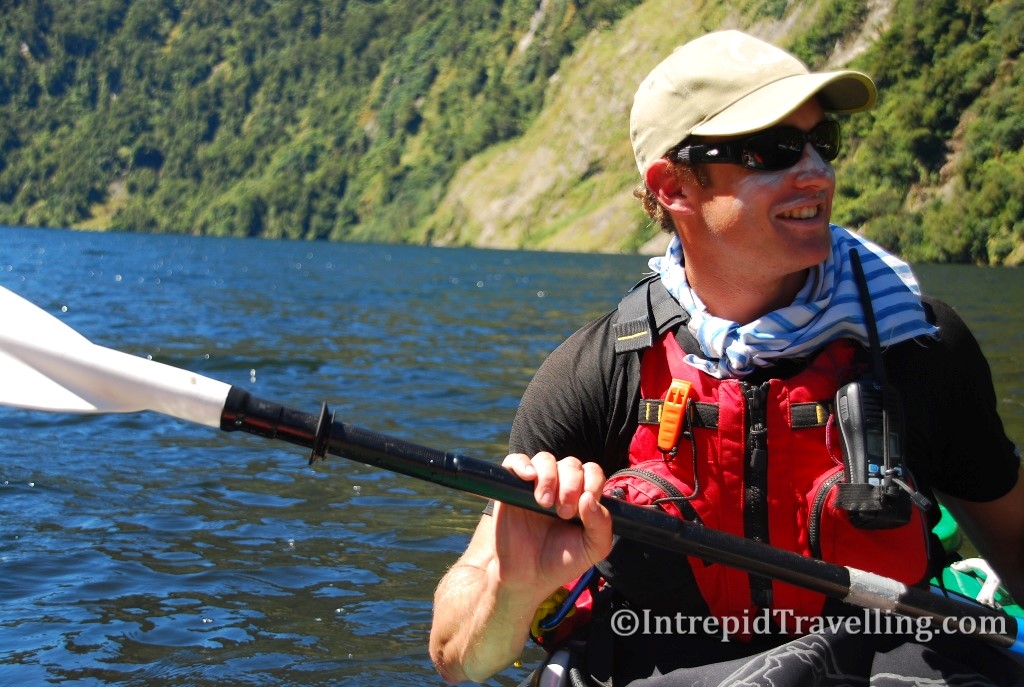
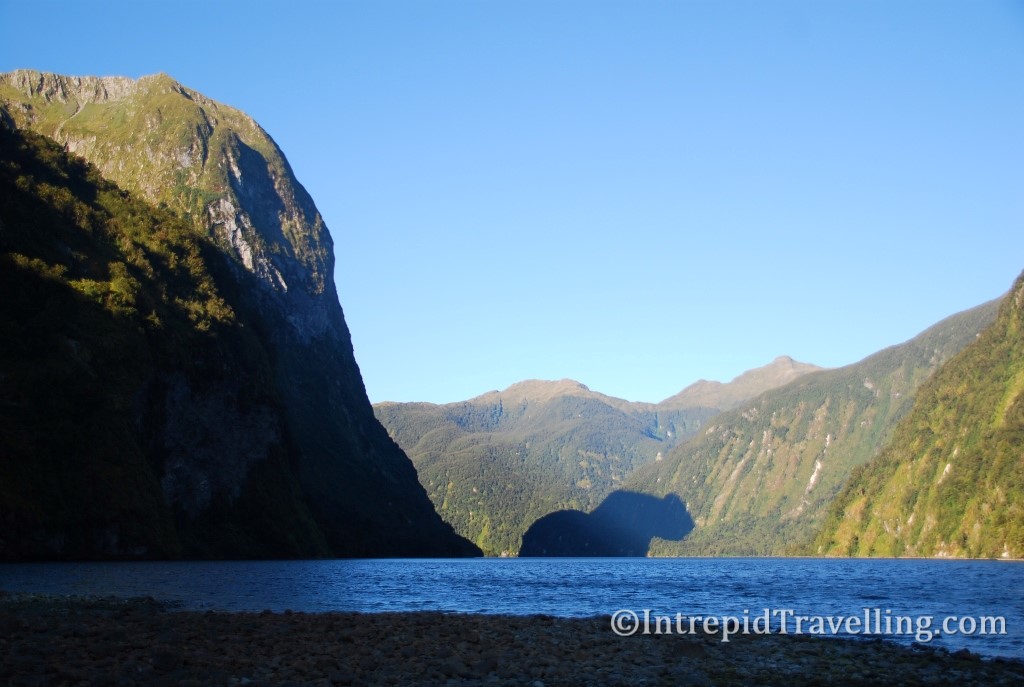
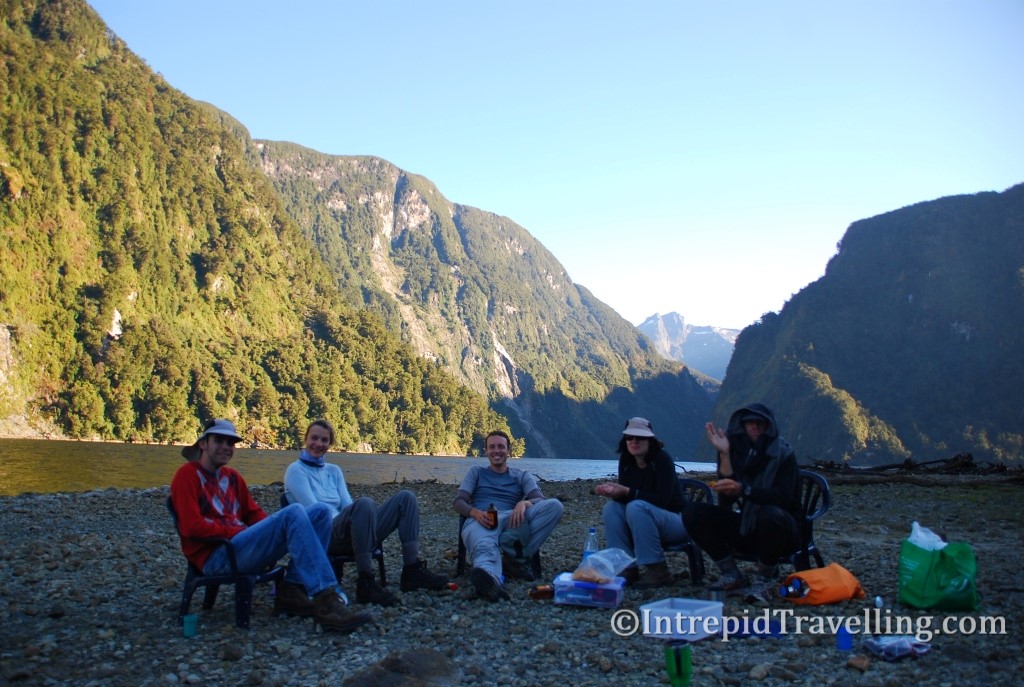
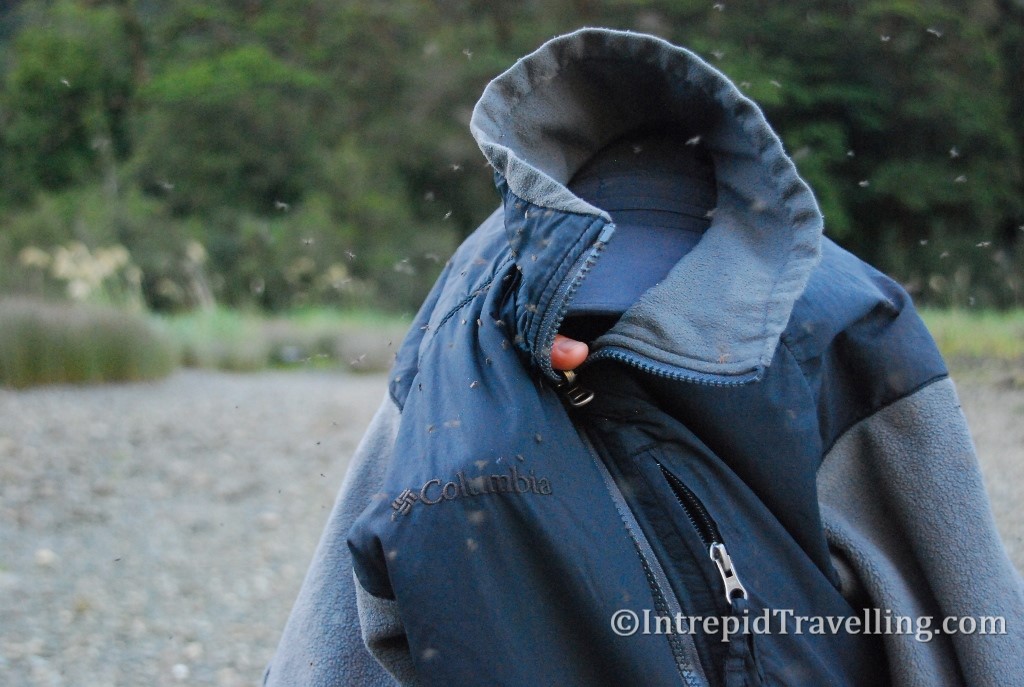
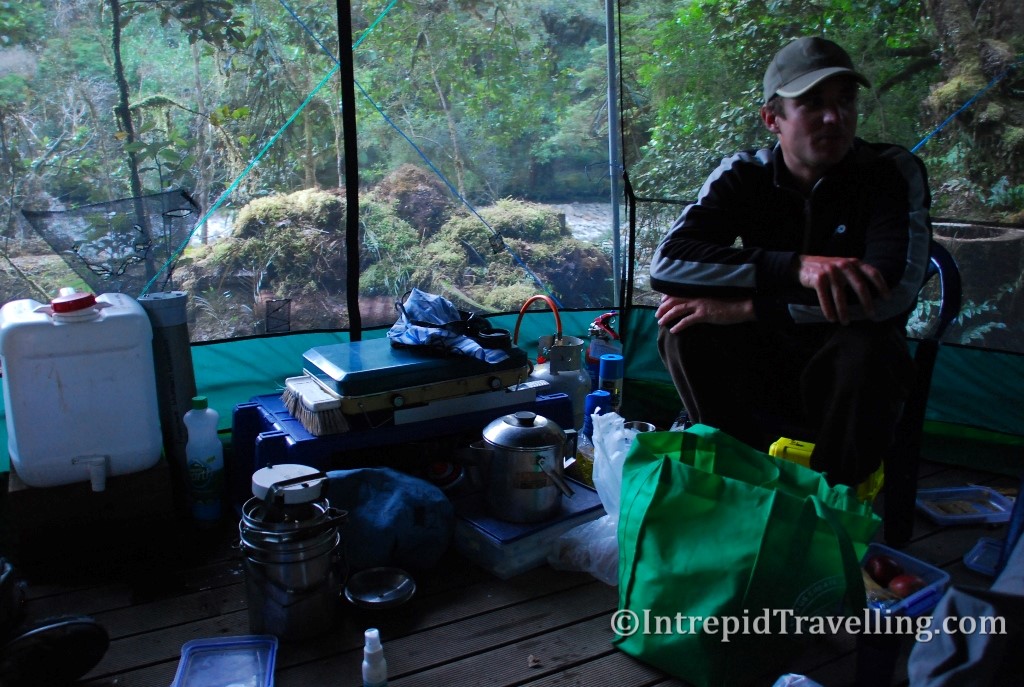
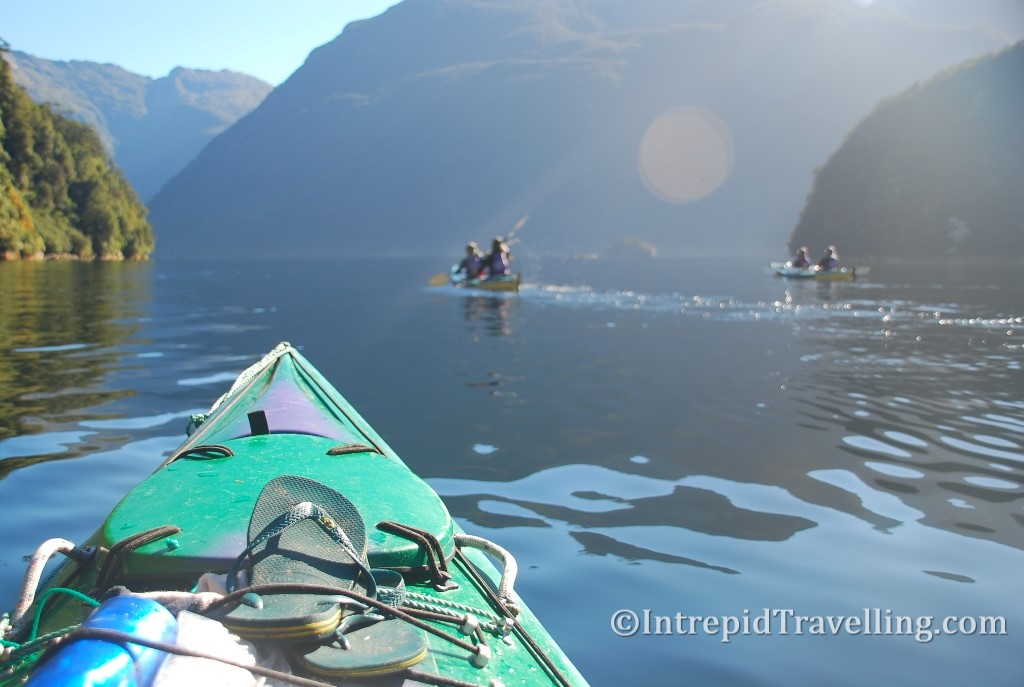
No rest for the wicked, the next morning at 0545 we were up heading out on another of Mario’s Kayaking trips, this time though it was a 2 day trip to Doubtful Sound. We would have to cross Lake Manapouri to West Arm and cross over to Deep Cove (the outlet of the Manapouri hydro-electric power station). I was lucky with the weather the week I was down, parts of Fiordland get over 5,000mm of rain a year (to put that perspective Auckland gets about 1,800mm) but we had clear stable weather. Our trip kayaking in Doubtful Sound was amazing; it’s such a beautiful and untouched part of the world. However, as soon as the wind dies down the ravenous blood-sucking sand flies swarm you and your only real defense is to cover every inch of your body. The only small (but a significant one to your enjoyment) detraction from what would otherwise be a slice of paradise.




